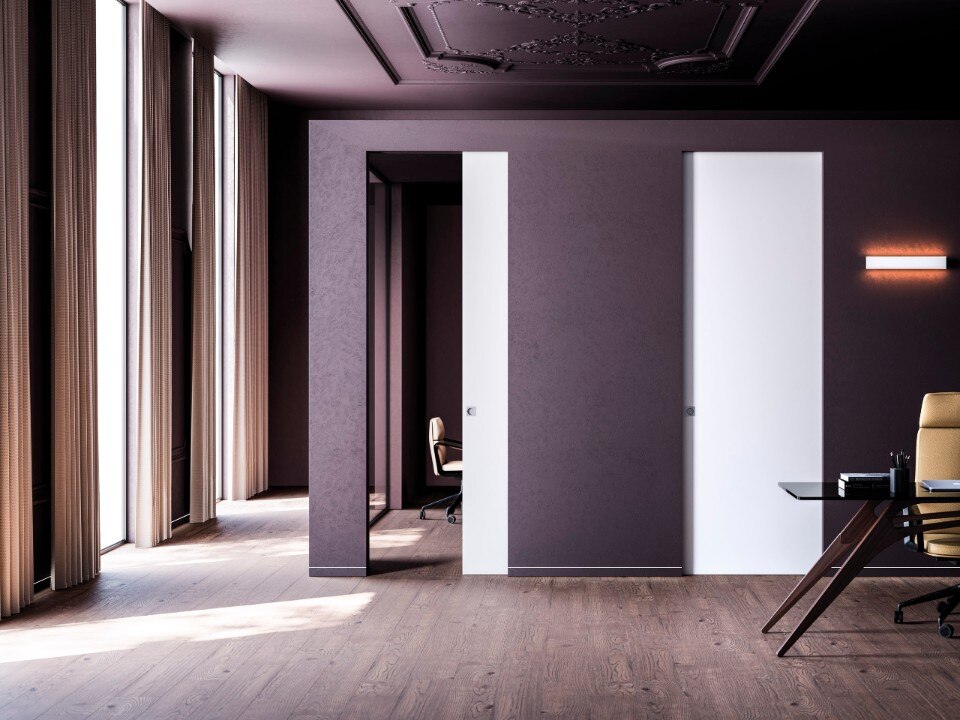
The Pipe collection, between simplicity and character
The Pipe collection, designed by Busetti Garuti Redaelli for Atmosphera, introduces this year a three-seater sofa.
- Sponsored content
An example of how Afrofuturist architectures and cities looks like can be found at the MoMA in New York until January 1, 2019. Born in the 70s in the United States, Afrofuturism is a transversal social and cultural movement that combines philosophy, science fiction, music, art, mysticism, fashion, design... It is through the reappropriation of technology and futuristic imaginaries that black Americans claim civil rights and white-like conditions, imagining to overcome the limits of the human race to solve racial issues.

 View gallery
View gallery



































2399

2399

2399

2399

2399

2399

2399




The “Bodys Isek Kingelez: City Dreams” exhibition features more than 30 of those that the Congolese artist called “extreme maquettes”. They are architectures came from the space and landed on our planet, utopian urban scenarios made of the waste of our cities: cans, milk cartons, razors, pens, light bulbs, sponges... In the word of jazz musician and Afrofuturism pioneer Sun Ra: “Space is the place!”. The exhibition traces the thirty-year career of the artist, from his first sculptures that take the shape of public monuments, civic buildings and national pavilions, to the last utopian, chaotic and coloured cities.

The most complex and vast scenario conceived by Kingelez is the Ville Fantôme (1996), a city without doctors or police. The artist described it: “It’s a peaceful city where everybody is free,” he said, “It’s a city that breathes nothing but joy, the beauty of life. It’s a melting pot of all races in the world. Here you live in a paradise, just like heaven.” Maquettes are the embodiment of his imagination. They make tangible his dreams for his country, for Africa, for the world. “The future of the future is in the present” wrote the British theorist John McHale. If science fiction is the means of discussing present-day issues, then utopian architecture can still have an impact on how we look at contemporary cities.
- Title:
- Bodys Isek Kingelez: City Dreams
- Opening dates:
- until 1 January 2018
- Curated by:
- Sarah Suzuki with Hillary Reder
- Venue:
- MoMA
- Address:
- 11 W 53rd St, New York

Eclisse: when invisibility art shakes up interior design
A leader in manufacturing pocket door frame systems, Eclisse redefines the concept of living space. Through solutions like Syntesis Line, the company transforms doors into continuous design elements.
- Sponsored content

